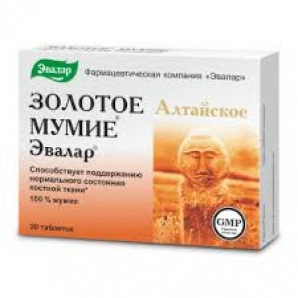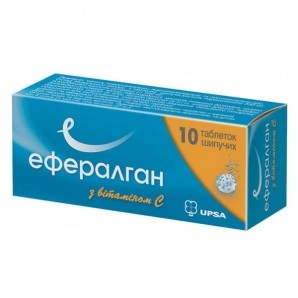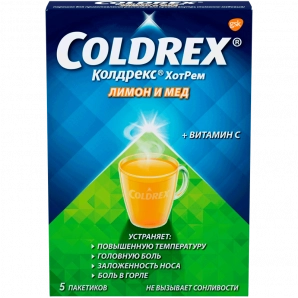-
PC
- Allergy
- Antiparasitic Agents
- Painkillers and Antispasmodics
- Venotonics
- Dermatological Agents
- Gastrointestinal Tract
- Immunomodulators
- Infectious and Inflammatory
- Weight Control, Weight Loss
- Neurological Agents
- Ophthalmic Preparations
- Cardiovascular Diseases
- Sleep Aids
- Cold and Flu Remedies
- Thyroid Disorders
- Diabetes Treatments
- Urological Agents
- Sedatives
- Ear Drops
- Vitamins and Minerals
- Men's Health
- Women's Health
- Laxatives
- Liver Disease Treatments
- Hemorrhoid Treatments
- Nasal Drops and Sprays
- Antiseptic
- Bruises and Contusions
- Antifungal Agents
- Blood Pressure Medications
- Joint Pain
- Oils
- Dry Herbs & Berries
- Ointments
- Herbal Teas
- Tinctures
- Syrups
- Beauty
This information is for general purposes only and should not be considered as medical advice. Always consult with a qualified healthcare professional for any medical concerns or questions you may have.
Asparkam Tablets No. 10: A Comprehensive Guide to Uses, Precautions, and Side Effects
Asparkam tablets No. 10 are a medication used to treat various conditions related to electrolyte imbalances in the body. This article will provide an in-depth look at the ingredients and composition of Asparkam, its indications and uses, as well as precautions and potential side effects.
Ingredients and Composition
Asparkam tablets No. 10 contain two key ingredients: potassium aspartate and magnesium aspartate. These components work together to help maintain the proper balance of electrolytes in the body, which is essential for normal functioning of muscles, nerves, and cells.
Indications and Uses
Asparkam tablets No. 10 are commonly prescribed to patients suffering from conditions such as hypokalemia (low potassium levels), hypomagnesemia (low magnesium levels), and cardiac arrhythmias. These tablets can help restore the balance of electrolytes in the body and improve overall health and well-being.
Precautions and Side Effects
It is important to follow the dosage instructions provided by your healthcare professional when taking Asparkam tablets No. 10. Additionally, individuals with kidney problems or a history of allergic reactions to any of the ingredients in Asparkam should exercise caution when using this medication. Potential side effects may include stomach upset, diarrhea, and allergic reactions. If you experience any unusual or severe side effects, seek medical attention immediately.
Conclusion
Asparkam tablets No. 10 are a valuable medication for treating electrolyte imbalances and related conditions. However, it is crucial to use this medication under the guidance of a healthcare professional and to be aware of potential side effects. If you have any concerns about using Asparkam tablets No. 10, consult with your doctor for personalized advice.
Note: This article is for informational purposes only and should not be considered medical advice.Additional Information
| SKU | st-23214 |
|---|---|
| Brand | N/A |
| Size | N/A |
| Manufacturer | N/A |
- Be the first to review this product
Write Your Own Review
Products on sale
Regular Price: $49.99
Special Price $34.99
Regular Price: $33.99
Special Price $24.99
Regular Price: $51.99
Special Price $34.99
Regular Price: $10.99
Special Price $7.90
Regular Price: $26.59
Special Price $18.99
Regular Price: $4.99
Special Price $2.50
Regular Price: $20.99
Special Price $17.99
Regular Price: $23.99
Special Price $18.99
Regular Price: $10.49
Special Price $8.99
Also Purchased

















